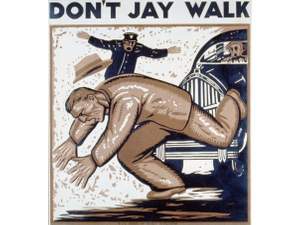Where does Labor Day come from?
A long weekend is appropriate for the observance of Labor Day, celebrated on the first Monday in September in the United States and Canada. It was first celebrated in New York in 1882, and Congress made the holiday official in 1894. The New York Times reported on one of the early Labor Day parades on September 7, 1886, noting that 14,000 laborers marched in Manhattan, 6000 in Brooklyn, and 12,000 in Newark for what was referred to as “Labor’s Day.” The marchers in Manhattan included carpenters, followed by horseshoers, framers, printers, the typesetters of the chapels (associations of employees in a printing office) of the New York newspapers, typefounders, housepainters, bricklayers, shoemakers, buttonhole makers, shirtmakers, furniture makers, woodcarvers, cigar makers, journeymen brewers (“with hop leaves in their hats”), hat makers, and, near the rear of the parade, “individual members of a troop of bartenders were recognized by many of the spectators.” Some carried banners reading “Eight Hours’ Work, Eight Hours’ Rest, Eight Hours’ Education.”
A subsequent article reporting on the parades in other cities and reported from Chicago, bore the headline:
HOW LABOR DAY WAS OBSERVED BY ALL CLASSES OF WORKMEN
The timing of these parades wasn’t a coincidence: The American Federation of Labor (AFL) was founded in 1886, marking the beginning of a successful, large-scale labor movement in the U.S. May Day (May 1) was designated as international Labor Day by the International Socialist Congress in 1899 and was a major holiday in communist countries.
Trend Watch tracks popular lookups to see what people are talking about. You can always see all Trend Watch articles here.








